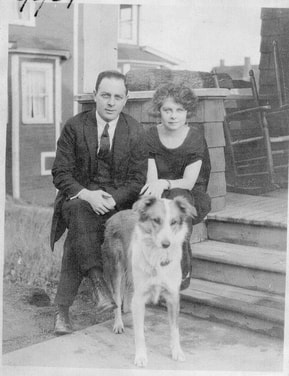 Dear friends, It has been a difficult week. Our hearts go out to friends and family coping with the coronavirus and to the brave medical professionals on the front lines of this crisis. In an effort to fill up the silence of social distance, many of us are turning to the comfort of music. Some older Saranac Lakers can trace their love of music back to a kind lady who lived in a little brick house up on French Hill. Pilar Gordon Benero was born in Cuba in the year 1900. Her father was a well respected physician from a prominent family in Havana. The last thing she must have imagined was that she would end up living out her life way up in the Adirondacks. At the age of 25, Pilar came to Saranac Lake with her sister Isabel, who was suffering from tuberculosis. Here, she fell in love with Manolo Benero, a TB patient from Puerto Rico. Pilar and Manolo married, and unlike thousands of other Spanish speaking patients who came north for the cure, they settled in Saranac Lake. Manolo worked as the office manager at Troy Laundry and delivered for Meals on Wheels. They raised two boys, Manny and Joe, talented hockey players who graduated from Saranac Lake High School. An accomplished, professionally-trained musician, Pilar taught piano lessons in her home on Virginia Avenue. She became close friends with Ditta Pasztory, pianist and wife of Béla Bartók, the Hungarian composer who came to Saranac Lake for his health in the 1940s. Ditta and Pilar often played piano duets together on the two pianos at the Benero house. 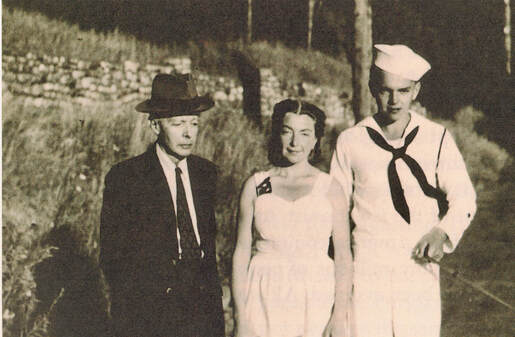 Although I never met Pilar Benero, her story has helped to connect me with people who have become good friends. Some of the best talks I’ve had with Tom Delahant have been about Mrs. Benero. Tom fondly remembers his piano lessons as a kid, and he talks about how caring and intelligent Mrs. Benero was. He describes a memorable trip he took out west, when he stopped to visit Pilar in Colorado, where she moved after Manolo died. We can thank Pilar for inspiring Tom to serve as the talented piano accompanist at our school concerts, always with the kindest, most radiant smile. Just as Tom loved Pilar and was inspired by her music, our students adore Tom, and they thrive in the wonderful music program in the Saranac Lake schools. I called Pilar’s son, Joe, just last week to see how he is doing. He sounded well, and is coming up on his 90th birthday. He said to say hello to Saranac Lake, particularly his pal Natalie Leduc, down the road at Will Rogers. Diane Keating Seidenstein emailed this past week from Florida, saying, “I’ve been playing the piano every day during [this crisis], and of course, Mrs Benero is by my side. When you speak to Joe next please give him my regards. What a gift — gifts I should say — I received from his mom.” Did you take piano lessons with Pilar Benero? How is music helping you through this crisis? What teachers made a difference in your life? I’d love to hear from you! Be well, Amy Catania Executive Director Historic Saranac Lake Images: Manolo and Pilar Benero, c.1930. Courtesy of Joe Benero. Sheet music, a gift from Béla Bartók to the Benero family. Historic Saranac Lake collection, courtesy of Joe Benero.
2 Comments
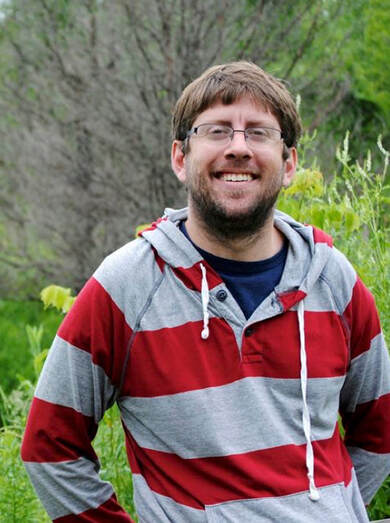 It's Museum Monday, so we want to introduce a new member of our staff! Some eagle-eyed HSL fans might have noticed our new Membership and Grants Manager, Adam Guillette, in our "working from home" post, but we want to give Adam a chance to introduce himself officially! Welcome to the team, Adam! --------------------------------------- Hi everyone! My name is Adam Guillette and I am excited to be the new Membership and Grants Manager and the newest member of the Historic Saranac Lake team! I graduated from Saranac High School and attended SUNY Plattsburgh where I studied Sociology, graduated with a bachelor’s degree, and became passionate about wanting to help strengthen our community! Following my graduation from Plattsburgh State I have worked on many projects, campaigns, and endeavors within the community including having served two terms of service as an AmeriCorps member at our local Red Cross. Through these pursuits I have had the chance to work closely with schools, senior centers, local businesses, and many other great community organizations to provide a variety of programs, presentations, and community outreach opportunities. One of my favorites was teaching our Scrubby Bear hand-washing program to young kids in local schools who always made me laugh and keep me on my toes! Having now joined the Historic Saranac Lake team it is my great hope that with the skills I have gathered from previous positions and my passion for helping the community that I can be an asset to the team and help build on all the great work that is already being done here! It's Tuberculosis Thursday and National Physicians Week, so we want to appreciate the work that physicians are doing today, and the work that physicians did here in Saranac Lake during the TB era! In this photograph, Dr. Leroy Upson Gardner (with pipe) examines x-rays of the lungs of tuberculosis patients. Dr. Gardner was the director of the Saranac Laboratory from 1927-1946, and conducted pioneering research on silicosis and pneumoniconiosis. He also served as director of the National Tuberculosis Association, among many other accomplishments.
Dr. Gardner is one of many, many physicians who conducted research, treated patients, and tested treatments in Saranac Lake. To learn more about Dr. Gardner and the other physicians (and nurses!) who worked in Saranac Lake, visit our wiki: https://localwiki.org/hsl/Doctors And of course, thank you to the physicians who are working today in these uncertain times! [Photograph courtesy of the Neely Family.] Staying connected is especially important during this time of social distancing! A simple phone call can go a long way to supporting our most vulnerable community members.
Consider joining our oral history project and connecting with isolated community members through telephone interviews. This is a great project you can do from home! Free smartphone apps like Google Voice allow you to easily call and record your interview. If there are children in your life, encourage them to learn more about their elders by asking grandparents or aunts or uncles simple questions about their lives. Oral history interviews are a wonderful community building tool. Contact us or visit our Oral History Project website to get involved! 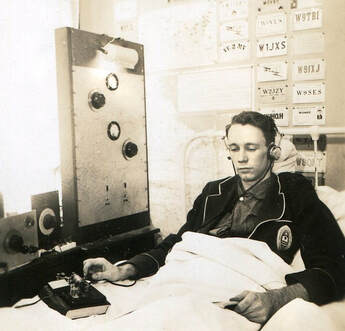 Ed Worthington at the Trudeau Sanatorium with his ham radio. Courtesy of Jan Dudones. Ed Worthington at the Trudeau Sanatorium with his ham radio. Courtesy of Jan Dudones. Tuesday, March 24, 2020 Dear friends, In the past week I have found such joy in the personal calls and emails shared with so many of you. Thank you for staying in touch. I hope this letter finds you all safe and well. As a member of our email list, you understand that by paying attention to the lives of those who came before us, we enrich our own experience of the present. I am finding this particularly true right now. I would like to share with you a weekly letter to help us connect with our history and with each other. As a shout-out to our fresh air history, I’m going to call these “letters from the porch.” I’ve been thinking about ways that TB patients combatted loneliness. Spending much of their time alone, often far from family and friends, radio served as a source of entertainment and a lifeline to community. In 1927, a time when there were fewer than 100 radio stations in the United States, Saranac Lake founded its own local radio station, WNBZ. The people at WNBZ produced locally grown radio shows tailored to keep TB patients busy, like courses in literature and history and one called, “Let’s Learn Spanish.” Ham radio allowed for two-way communication and built lasting friendships. While a patient at the Trudeau Sanatorium in the 1930s, Ed Worthington made his own amateur receiving set at a cost of $25. When not busy talking with "hams" all over the country, he developed a brisk trade repairing other patients' radios. He went on to teach Radio Theory and Code at the Study and Craft Guild. Thanks to Ed’s daughter Jan Dudones, we have Ed’s beautiful ham radio in our collection, along with his scrapbook of call signs from other hams around the world with whom he made radio contact. I hope that as you go forward this week, you will think of Ed and his radio, and all the patients who reached out from their bedsides across the airwaves. Our human desire to connect with each other is a beautiful thing, and it will pull us through this situation we face today. I find myself thinking a lot about you, the people who I think of as my Historic Saranac Lake family. I have spent the last 12 years working with you to nurture this little museum. Over that time, I have made so many friends. From George in Florida, to Judy in Virginia, to Tony in California, to Anne and Natalie just down the street, and so many friends in between. We are far-flung, but we are joined by an appreciation for the Saranac Lakers who came before us. Their stories can ground us now and show us ways to get through these times together. To keep in touch, I will be sending you this weekly letter, and I hope you will write me back to share a story or just to say hello. My wonderful colleagues here at HSL are working overtime to develop creative ways to reach out online. We will be posting video tours, seeking your input on creating virtual and at-home exhibits, recording oral histories, and more. To mark the days, I have been making a daily visit to Mount Baker, just down from my house here in the village. Each day I am posting a photo here. I hope you will join me in watching for signs of spring. Yours truly, Amy Catania Executive Director Historic Saranac Lake As the world confronts the challenge of coronavirus, many of you have kindly asked how you can help Historic Saranac Lake. Thank you for thinking of us with your membership or donation today. Your generosity will sustain us through this difficult period and prepare us for the bright day when we can open our doors to the public once again. Letters from the Porch Archive: Lessons in Resilience 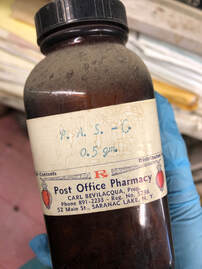 It's Museum Monday, so we're excited to share a project we've been working on behind the scenes. We were all saddened by the closure of Post Office Pharmacy in December, but we are happy to share that we've been working with Jim Bevilacqua to preserve the history of the last of our historic independent pharmacies in Saranac Lake. Over the last couple of months, our Museum Administrator Chessie and Museum Assistant Nathan have been working to survey, select, and rehouse items from the decades of pharmacy history in the building. We have selected hundreds of items to add to the collection at Historic Saranac Lake, including bottles, prescription logs, pharmacy tools, photographs, correspondence, and more. These objects document the history of pharmacies, patient care, and daily life in Saranac Lake since the 1880s, including trends and innovation in the treatment of TB patients. We still have a lot of work to do on this collection, but we are already planning ways to display items from and do research with this historic collection. Stay tuned for more updates as we work with these items and make interesting discoveries! And a HUGE thank you to Jim for his enthusiasm and support in preserving our history. In the mean time, you can learn more about the history of Post Office Pharmacy on our wiki. PS - Did you know that P.A.S. was the second antibiotic found to be effective against tuberculosis? Check out that label!
It's Tuberculosis Thursday, and the first day of spring is here, so here's a very spring-y hand colored photograph of patients at Ray Brook Sanatorium. This image came from an album of photographs kept by a patient in 1920-21, and shows scenes of daily life, friendships, and exploration in and around Ray Brook.
To learn more about Ray Brook Sanatorium, visit our wiki. [Historic Saranac Lake Collection, courtesy of Berni Gorski, TCR #126] 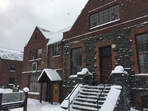 PLEASE NOTE: The Saranac Laboratory Museum will be closed until further notice to help protect against the spread of novel coronavirus. On and off-site events and programs are also temporarily suspended. Historic Saranac Lake staff will continue to work while following best practices as recommended by the Centers for Disease Control and Prevention. We want to stay connected to our Historic Saranac Lake community during this time, so please stay in touch! Drop us a line at [email protected] and stay tuned on our website and social media as we continue to preserve and present local history and architecture to build a stronger community! Dear Friends,
Many years ago, Saranac Lake rallied to fight a deadly disease. Today’s news sure has us thinking about our local history. Tuberculosis killed 1 in 7 people in the late 1800s. Highly contagious and with no known cure, fear and stigma surrounded TB. Unlike the new virus we face today, many of its victims were young people in their 20s. Like today, quarantine was often seen as an appropriate solution, and sometimes people were isolated against their will. A person’s ethnicity, race, and socioeconomic status affected the kinds of treatments available. Noting the lack of options for the poor, Dr. E. L. Trudeau established his sanatorium in Saranac Lake with the goal of providing care to those who could not afford it. Here he established a model of treatment based on the efficacy of the human immune system. Early diagnosis with x-rays and lab testing was key to identifying the sick. Hygiene was of supreme importance. Trudeau’s “cottage plan” avoided aggregation of the sick. Nurses and doctors provided supportive care in well ventilated spaces. The Saranac Lake regimen consisted of rest, fresh air, healthy food, and attention to mental health. Here we are, over a century after Trudeau’s death, facing a situation that is in some ways similar. For now, Trudeau’s same model of “non-pharmaceutical treatment” is the best hope against novel coronavirus. It’s not a perfect weapon, but for thousands of people in Saranac Lake’s history, it was effective. Recognizing that fresh air was not a real cure, Dr. E. L. Trudeau worked for a scientific solution, just as scientists across the world are racing to perfect a vaccine today. Our two buildings — Trudeau’s medical office and his scientific laboratory — stand side by side at the corner of Church and Main, testaments to the power of medicine and science to fight infection. Now, as the world falters in the face of a new disease, we find it reassuring to remember Saranac Lake’s brave cure cottage economy. Looking back in our history we find comfort in the resilience and compassion that doctors, nurses, patients, and the hardworking people of Saranac Lake demonstrated in the face of a deadly pandemic. We Saranac Lakers have demonstrated resilience in the recent past as well. In 2008, just as Historic Saranac Lake was pushing to complete the restoration of the Saranac Laboratory to open as a museum, the great recession hit. But with your help we pushed through, and we grew and flourished despite the hard times. We are confident that together we will do it again, because history matters! Onward, Amy Catania, Executive Director Mary B. Hotaling, Architectural Historian Laura Ettinger, Ph.D., Associate Professor of History at Clarkson University and Member of Historic Saranac Lake PLEASE NOTE: The Saranac Laboratory Museum will be closed until further notice to help protect against the spread of novel coronavirus. On and off-site events and programs are also temporarily suspended. Historic Saranac Lake staff will continue to work while following best practices as recommended by the Centers for Disease Control and Prevention. We want to stay connected to our Historic Saranac Lake community during this time, so please stay in touch! Drop us a line at [email protected] and stay tuned on Facebook and Instagram as we continue to preserve and present local history and architecture to build a stronger community! |
About us
Stay up to date on all the news and happenings from Historic Saranac Lake at the Saranac Laboratory Museum! Archives
August 2022
Categories
All
|
Historic Saranac Lake at the Saranac Laboratory Museum
89 Church Street, Suite 2, Saranac Lake, New York 12983
(518) 891-4606 - [email protected]
89 Church Street, Suite 2, Saranac Lake, New York 12983
(518) 891-4606 - [email protected]

Historic Saranac Lake is funded in part by the New York State Council on the Arts with the support of the Office of the Governor and the New York State Legislature,
and an Essex County Arts Council Cultural Assistance Program Grant supported by the Essex County Board of Supervisors.
and an Essex County Arts Council Cultural Assistance Program Grant supported by the Essex County Board of Supervisors.
© 2023 Historic Saranac Lake. All Rights Reserved. Historic photographs from Historic Saranac Lake Collection, unless otherwise noted. Copy and reuse restrictions apply.
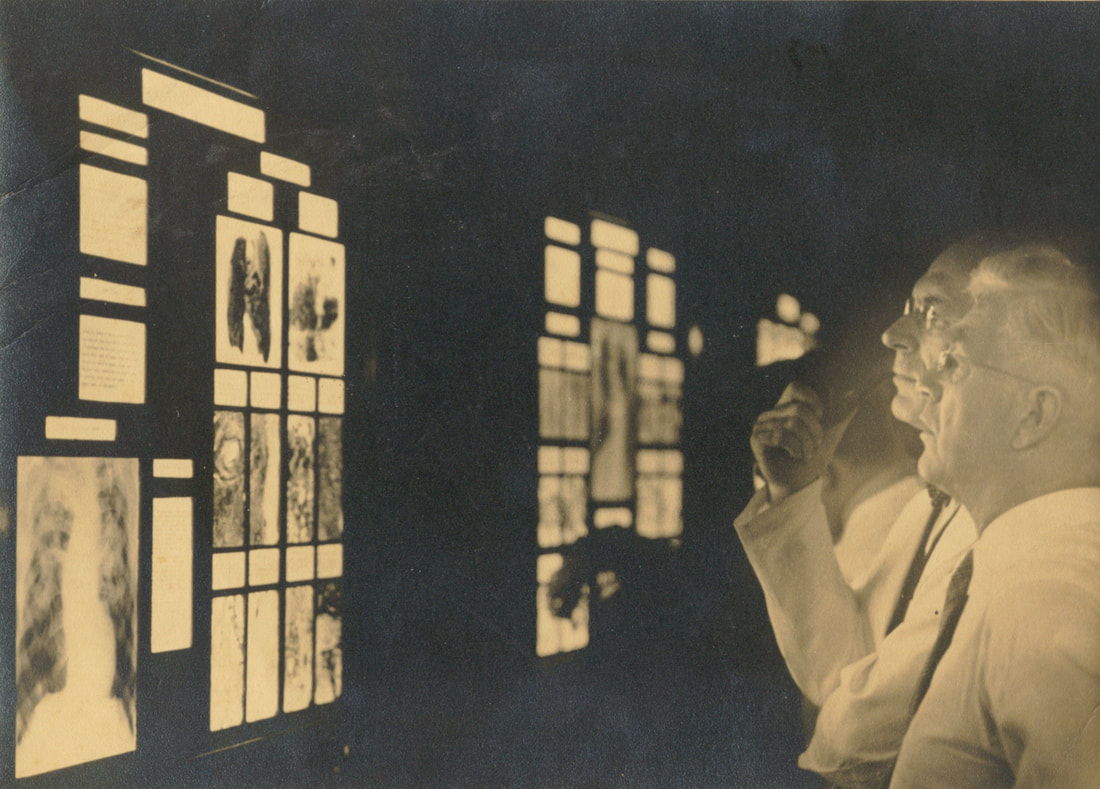
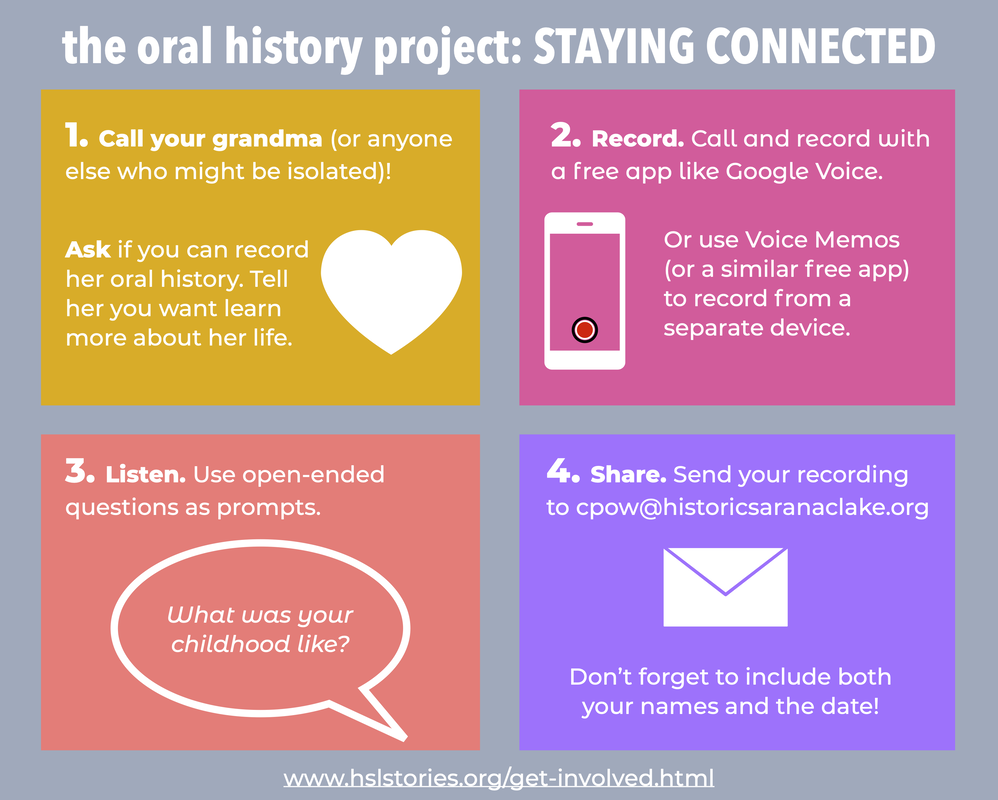
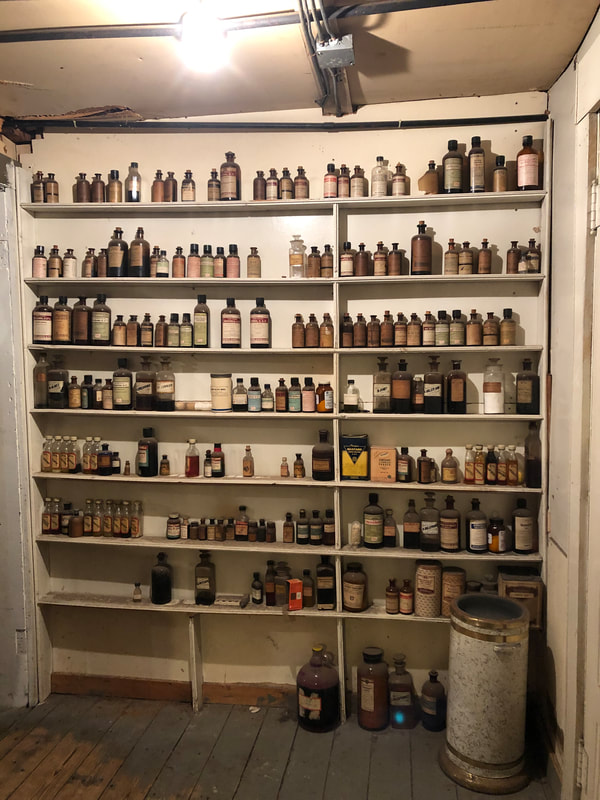
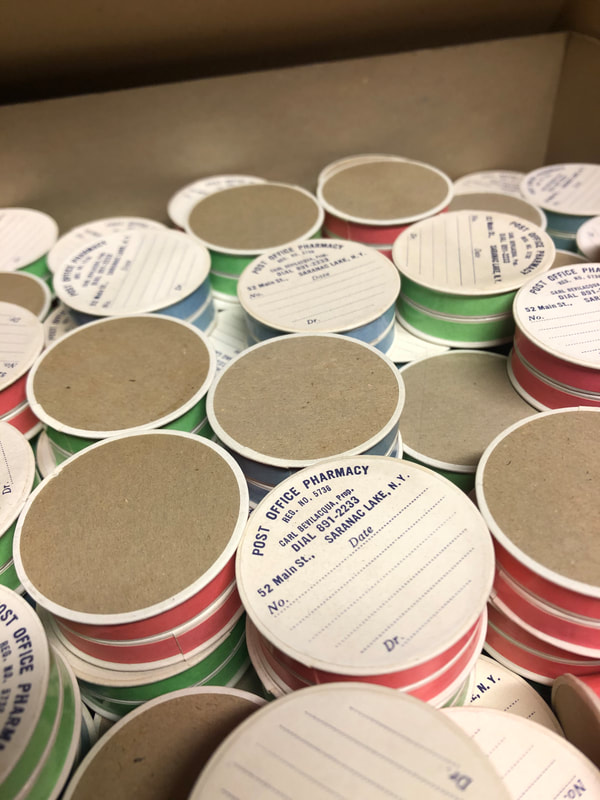
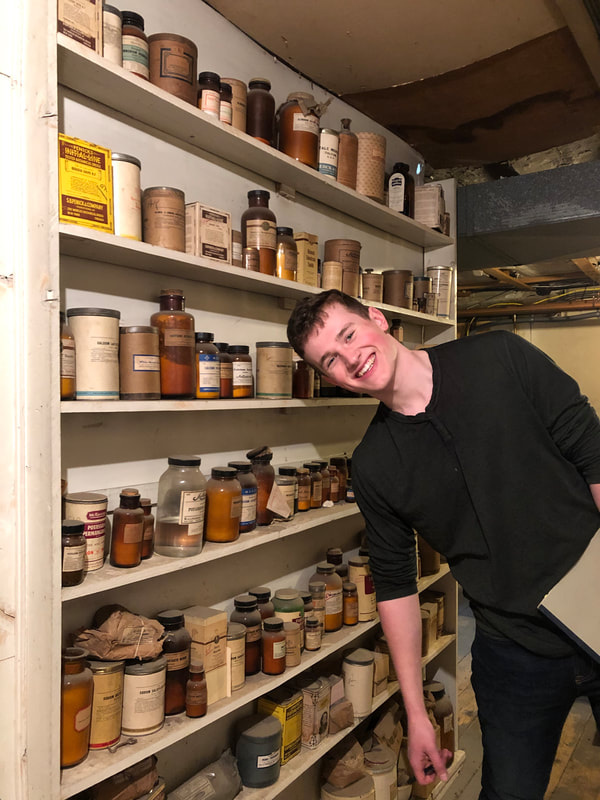
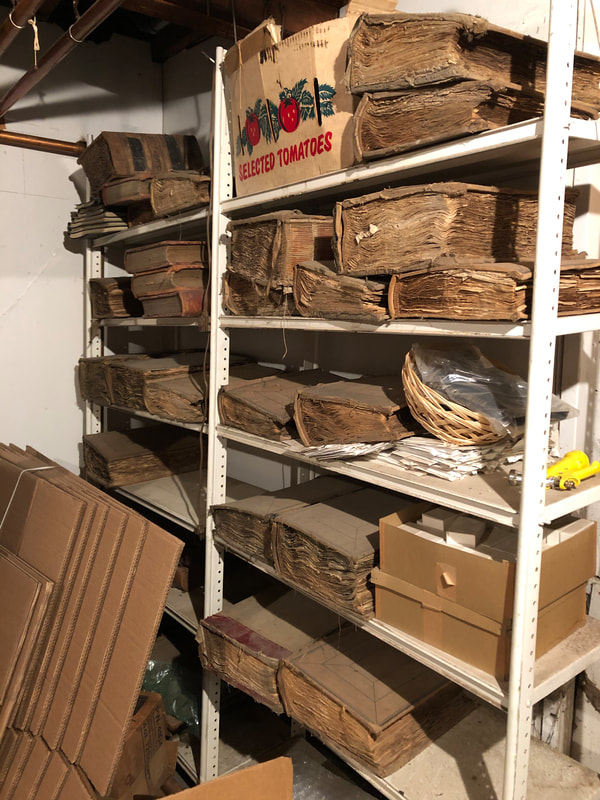
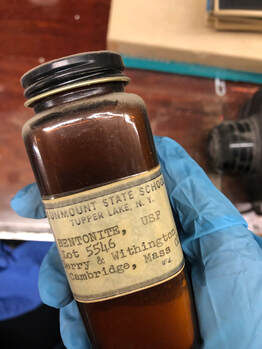
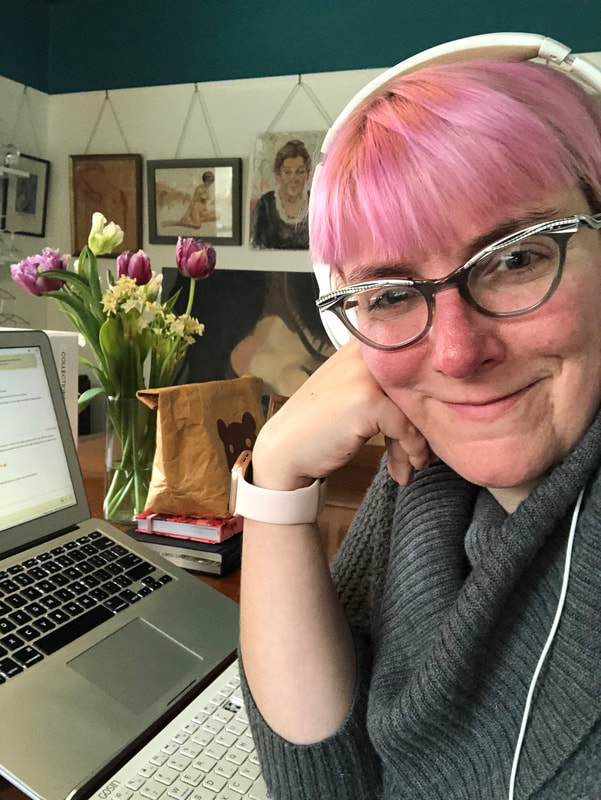
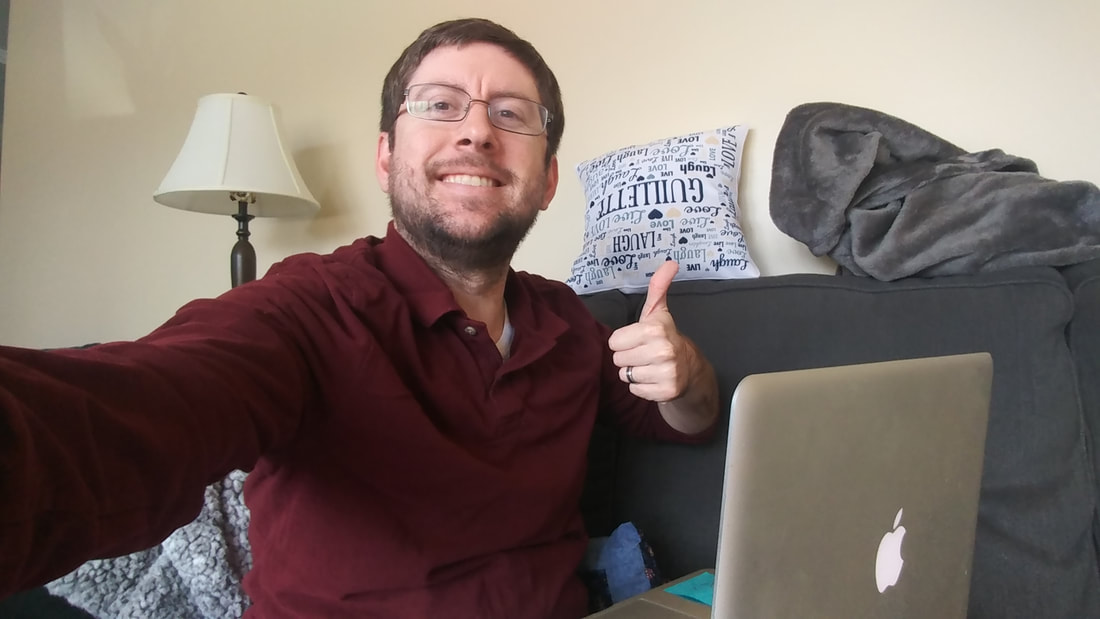
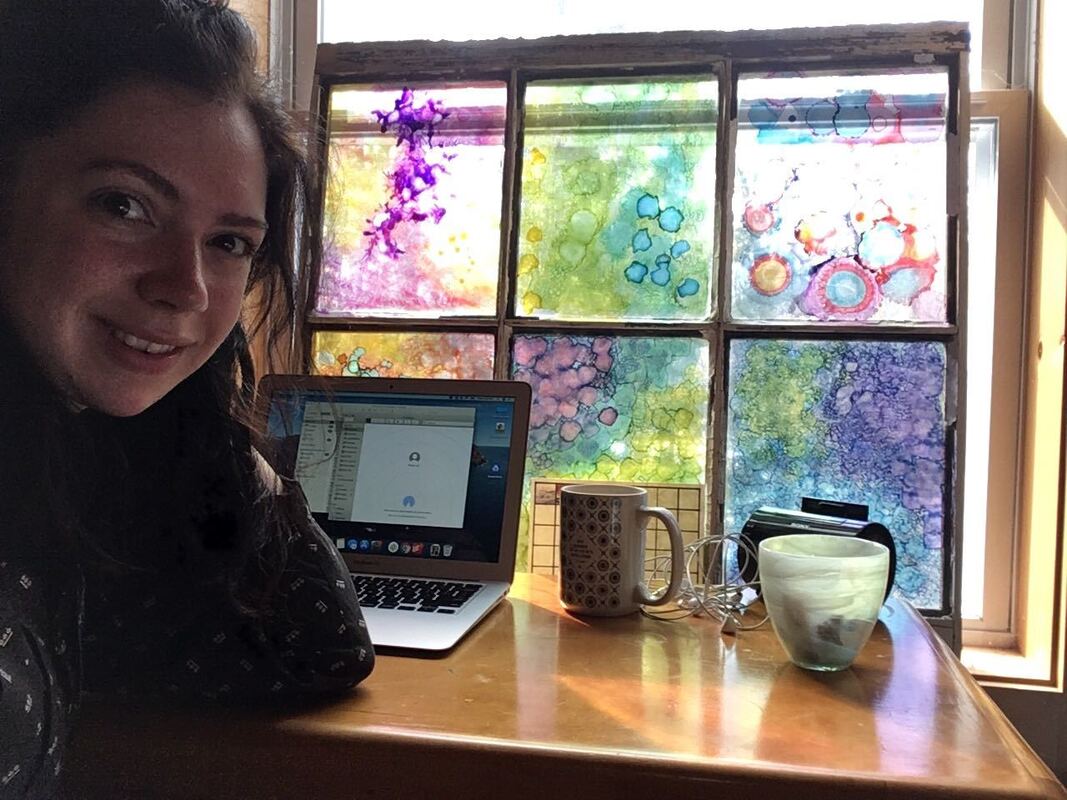
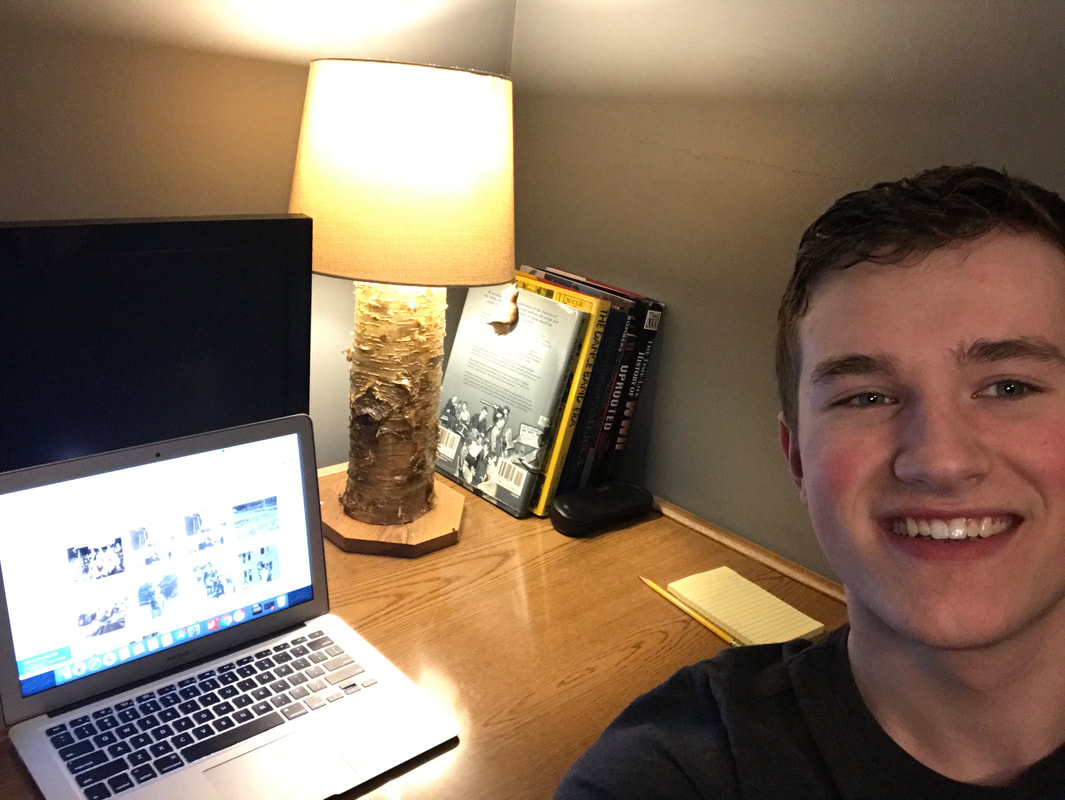
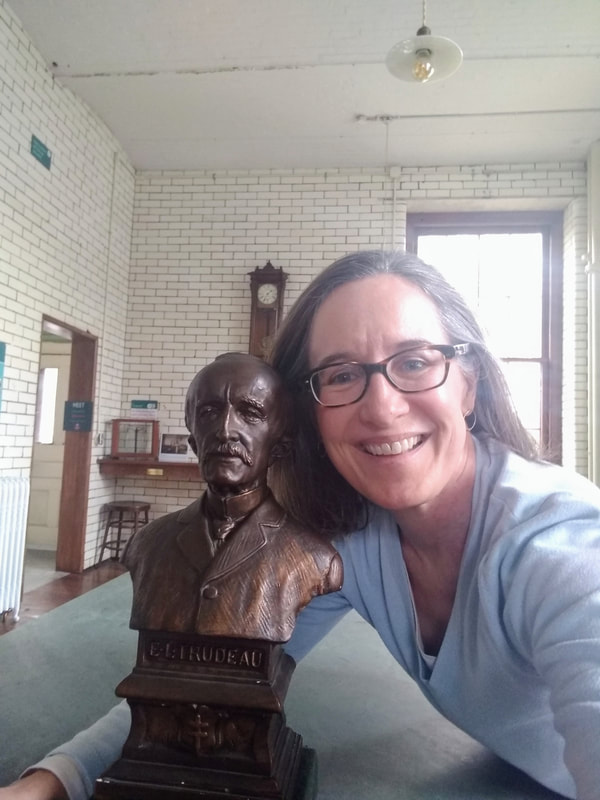
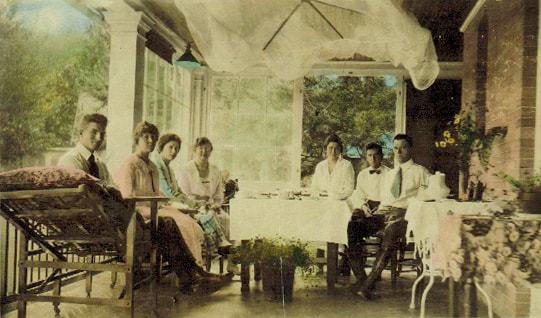
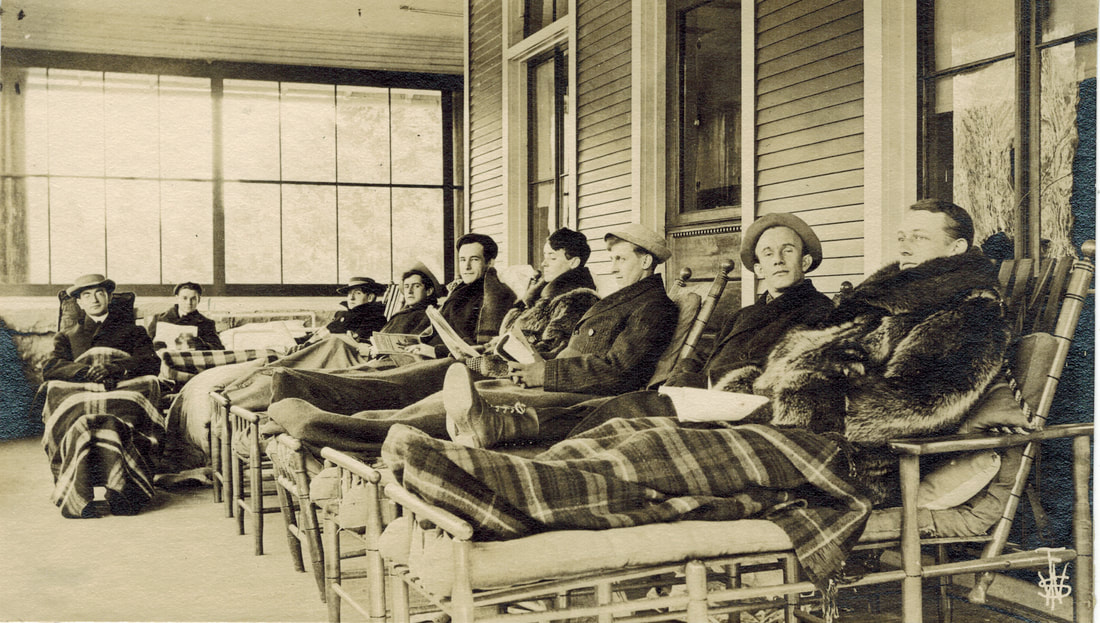
 RSS Feed
RSS Feed